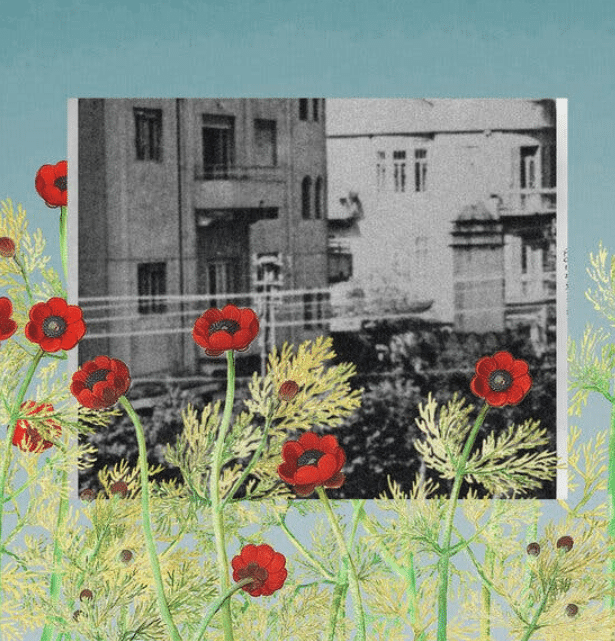By Alon Davidi
Mr. Davidi is the mayor of Sderot, Israel.
Until the morning of Oct. 7, the town of Sderot in southern Israel was a parable of hope and success. Less than a mile from the Gaza border, it emerged a few years after the 1948 Arab-Israeli war as a haven for Jewish refugees fleeing antisemitic persecution — from North Africa, Kurdish lands, Ethiopia and the former Soviet Union. I am a second-generation Israeli; my parents found refuge in Israel from Iran.
Those people forged a city brimming with cultural richness, industrial vitality and a spirit of coexistence.
The trials of those who built Sderot were indeed traumatic but did not define them. The city’s residents devoted themselves to moving on and forging a flourishing future built on educating the next generation.
[The New York Times Op-Ed continues]
Nevertheless, the Israeli government, alongside municipalities from our region, tried to help Gazans where we could, embarking on projects to ease those hardships. These initiatives included offering job opportunities in agriculture and industry within Israel and a proposed, but unrealized, industrial zone aimed at providing jobs for thousands of Gazan residents.
Everything changed on Oct. 7. Nothing in our history could have prepared us for that day, when Hamas launched an unprecedented assault against the population of Israel, killing about 1,200 Israelis and foreign nationals in a brutal rampage that included taking about 240 hostages back to Gaza and systematic sexual assaults.
Our region was devastated. My friend and colleague Ofir Libstein, the head of the Sha’ar HaNegev Regional Council, who spearheaded the industrial zone project, was slain defending his town, Kfar Aza. Sderot lost at least 50 people, including eight members of our police department who died that day trying to protect our city.
As Israel fought to recover control of the area and as Hamas rocket attacks on southern Israel intensified, my administration and I were faced with the gut-wrenching decision to evacuate our city and its 36,000 inhabitants. In just a few days, we relocated men, women and children to shelters all over Israel. Some 6,000 residents remain amid an excruciating silence, punctured by still-recurring alerts for Hamas rockets overhead.
[The New York Times Op-Ed continues]
It is undeniable that this war has brought a heavy cost to both sides. We trust the Israel Defense Forces’ commitment to minimizing civilian casualties and safeguarding our soldiers and hostages, but even the most ethical and advanced military cannot avoid tragic outcomes when facing an enemy that uses its own people as human shields.
The world must understand that Israel’s fight is existential, that we will not cease until the Hamas threat is eradicated. The collective memory of Sderot’s people as refugees, the roots they planted and the homes they built are powerful testaments to our existence — we have no place else to go.
Equally important is our commitment to rescue the hostages languishing in captivity in Gaza — 136, although two dozen are presumed dead — including Sderot’s Michel Nisenbaum, who was abducted while trying to save his granddaughter from the Hamas onslaught.
As we move forward, I urge the world to recognize our agony and resolve to ensure it is never repeated. Our community has suffered immensely, and it’s time to guarantee us the basic security that every human being deserves.
Let us uphold the dreams of the refugees who built Sderot, to build better lives for themselves and for their children. We hope for the same for Gazans, who must also recognize that the people of Sderot will not bow to adversity. Conflicts end once we all recognize each other’s humanity and strive to uphold it.
View this New York Times Op-Ed from January 10th

